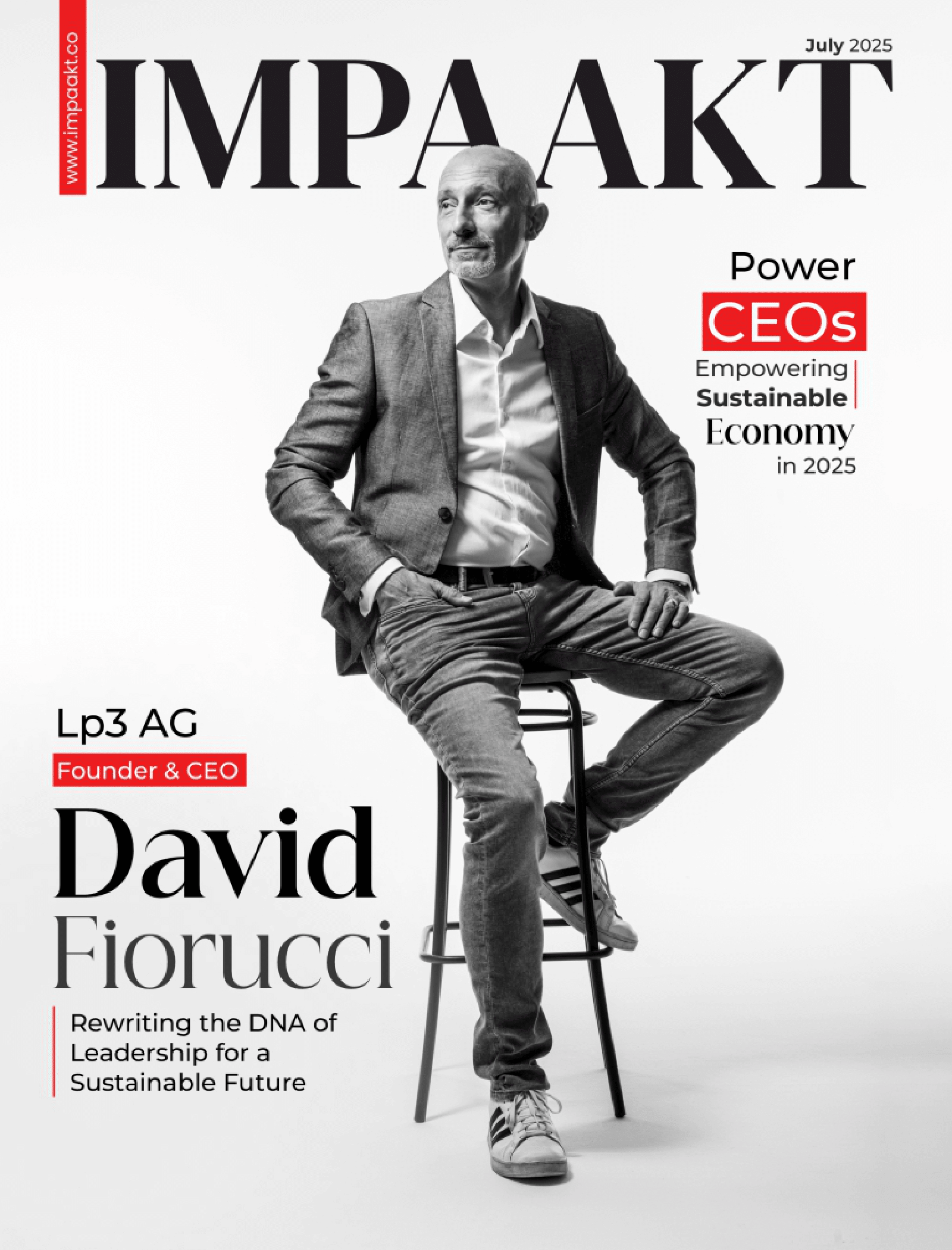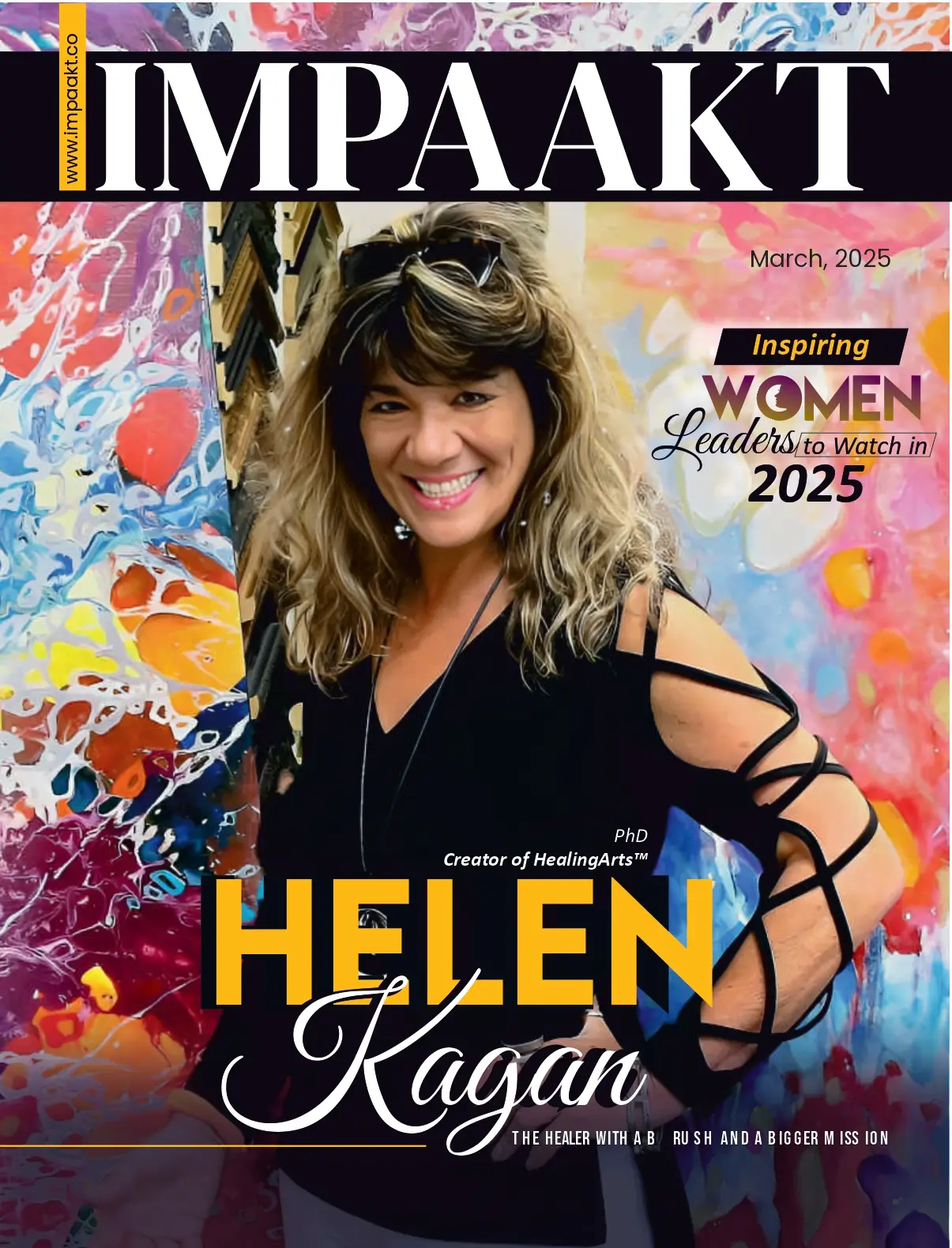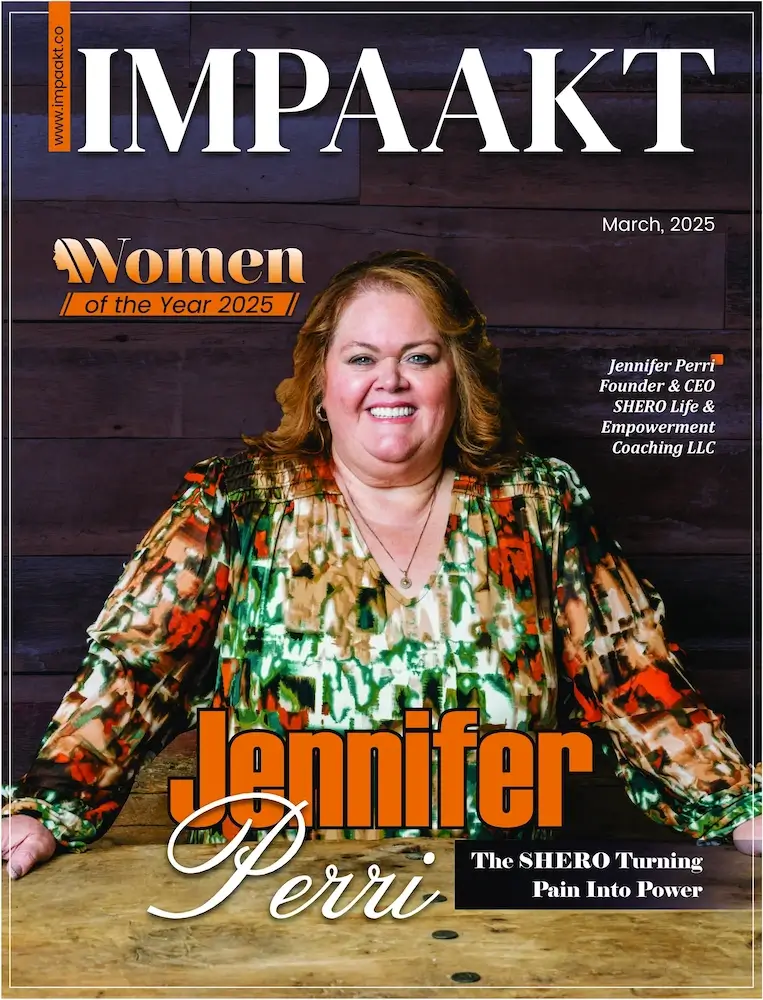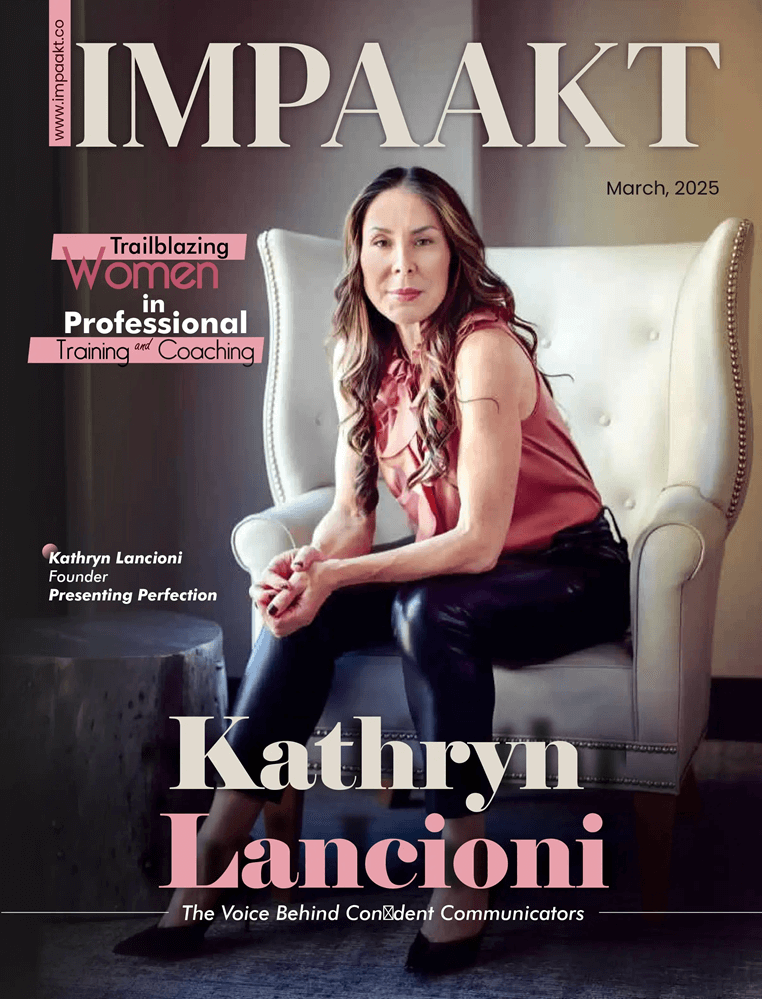The content monetization ecosystem has witnessed a series of transformative trends in recent years, challenging content creators and platforms to adapt and innovate. From the surge of subscription-based models triggered by the COVID-19 pandemic to the growing prevalence of ad-blockers and the pivotal role of user-generated content, these developments have redefined how audiences engage with and pay for digital content.
The Evolving Content Monetization Ecosystem
2021 was the year of subscriptions as the pandemic forced readers online. 2022 became the year of retaining these new subscribers.
And since the beginning of 2023, we’ve seen 3 key trends developing:
- Registration: Converting anonymous readers into free, logged members to collect key data points, increase propensity to subscribe, target advertising, personalise the user experience and build a more sustainable business model.
- Dynamicity: Adapting monetisation strategies to the reader rather than applying a one-size-fits all model.
- Dividing the conversion funnel into smaller steps: Instead of considering conversion as a single metric, publishers should break it down into 5 key metrics, allowing them to understand exactly where they’re losing readers, where needs more work and being able to compare performance to benchmark averages at each step towards subscription.
Transitioning Revenue Streams: Ad-Supported to Subscription-Based
The biggest challenge when transitioning from ad-supported to subscription-based revenue streams surrounds the concept of turning from measuring clicks and page views to engagement (RFV – recency, frequency & volume) and conversions.
This change will affect every area of business, requiring an entire mindset and structural shift within the publishing title. For instance, editorial teams will need to understand this new subscription language and learn to write for these new commercial goals.
For many, the solution involves the fairly new ‘bridge role’ – someone who stands between editorial, product, tech and marketing to bring teams together to put audiences first from every angle.
Ad-Blockers and Their Disruptive Effect on Advertising Monetization
Ad blockers are increasingly popular amongst digital consumers, offing an ad-free browsing experience and more privacy, among other benefits.
But their impact for publishers and online businesses is widely misunderstood, or not even known at all. Whilst these tools effectively block certain advertising scripts from being triggered, they can also have a much greater impact on a site’s revenue – including their ability to measure visitor numbers, trigger website features and even limit access to content via a paywall. In short, ad blockers can undermine the two primary digital revenue models for publishers – advertising and subscription.
It’s something many publishers are unaware of – the fact that this tool can also be used to allow non-subscribers to bypass the paywall and consume premium content by blocking the paywall script thus undermining the site’s reader revenue model.
There are solutions however, such as by using Google Tag Manager’s Server-Side technology to integrate the paywall on the server side. The main thing is for publishers to be aware of this issue and work with agencies and the paywall tech solution to overcome the problem.
User Generated Content’s (UGC) Vital Role in Content Monetization
When audiences aren’t on your site, they’re spending a great deal of time on social media, growing accustomed to certain experiences and features that keep them coming back for more. In particular, these users feel part of a community. They can…
- Interact with content
- Comment
- See other user’s opinions and contributions
- Join events
- Like and share content
- Follow topics and authors that match their interests
These experiences have become user expectations, making traditional digital publisher sites seem passive with very little direct interaction. In short, we’re social beings who want to react and have human experiences – and it’s this that makes community so powerful.
UGC can therefore be manipulated to help build and maintain a community, where users both create and interact with content.
Content is a commodity – it’s easy to find any content at any time, especially for big news stories. Community, on the other hand, is not a commodity. It’s an asset. Something that feeds into your brand value, that a user will come back for and that will make you different from other publishers producing similar content.
After developing engagement through community, you can move users through the funnel towards registration and subscription in order to gradually increase revenue and LTV.
Balancing Ethics and Earnings in Content Monetization
I think publishers shouldn’t be afraid to open content and unlock the paywall when needed, especially in times when sharing information is essential, such as during wars, elections or pandemics. In fact, by doing so you can further prove the value of your title, thus supporting your conversion efforts for the future.
For example, there’s a lot of talk at the moment on how to acquire young subscribers, as well as the ongoing discussions on how to balance monetizing journalism whilst also ensuring it’s available to all, helping citizens make responsible, informed choices rather than acting out of ignorance or misinformation.
Aftenposten has taken an innovative approach to these two challenges, offering young Norwegian readers a free subscription during the parliamentary elections.
Strategies for Content Creators to Seize Audience Attention and Revenue
The future of publishing is in niches. We’re constantly seeing niche content producers (those covering a very specific topic with a clear target audience) performing at the top of industry averages. Most importantly, these readers are highly engaged – they have a specific interest in this niche and clearly see the value in content and products.
Some publishers are going a step further and developing a community within this niche, an incredibly powerful lever for those who know how to harness it. This community of like-minded individuals who all share an interest in this specific topic will have a positive impact on brand equity, loyalty and retention rates.
The Audiencers’ Impact on Content Monetization and its Exclusive Opportunities for Creators
Our goal with The Audiencers is to provide digital publishing professionals with the strategic and operational expertise to succeed in their job of engaging, converting and retaining their audiences. We want to provide the concrete “How” so these readers go away knowing exactly what they need to do to overcome challenges and achieve their goals.
We also provide a platform for sharing inspiration, providing benchmarks and use cases from publishers around the world. Our thinking is that the digital publishing industry is actually very uncompetitive, something we should make use of to support each other, sharing learnings, success stories and failures to help the survival of the industry as a whole.
Alongside our content, we’re owned and run by Poool, The Membership and Subscription Suite. Our thinking is that there’s no point having the expertise if you don’t have the tools, and vice versa. They go hand in hand.
Our suite offers 4 products to help publishers engage, convert and retain their members and subscribers, from the conversion walls and subscription funnel to engagement modules for building loyalty and retention.
Adapting to Tomorrow’s Monetization Landscape
Putting lifetime value as the north star metric.
Many professionals come to us asking about which paywall model is most effective in converting readers to subscribers – freemium, metered or hard.
There are actually many challenges with this question – such as cultural differences, the publisher’s maturity when it comes to digital conversion models. But one of the biggest issues is that it focuses on acquisition.
One model may well be optimal for acquiring subscribers, but what about acquiring subscribers who will remain subscribed? Who will continue to engage in your product, potentially upgrade their subscription and retain in the long-term.
And, as we all know, retention costs less and monetises more than acquisition—specifically, increasing retention by 5% can increase profits by anything from 25-95% as Pugpigs recent retention report showed.
What we recommend therefore is to change the angle of the question.
Instead of considering which paywall model is best for conversion, the best-in-class publishers look at their most loyal, engaged and highest value readers to discover what leads to a high Lifetime Value.
In practice, this means asking yourself what ‘type’ of engagement correlates with high LTV. If you can link engagement to retention, then you’ll gain a deeper understanding of how you can increase engagement at all steps in the user journey to secure a high LTV from the moment the reader first arrives on your site.
For example, The Lenfest Institute found that the likelihood of readers becoming paid subscribers increases the most when they read at least 5 articles per month or provide an email address, amongst other engagement actions.
Key takeaway -> Ultimately, it’s not about how many readers you convert, but the Lifetime value of your readers – the focus across the industry is increasingly being turned to how publishers can increase the value of their existing subscribers by adding new products, engaging through new formats, upselling and bundling.
Author Bio
 Madeleine White is the VP of Marketing at Poool, responsible for expanding the company’s global presence in the digital publishing market and leading the content marketing team. She was instrumental in building the Poool blog from the ground up, which led to the launch of the B2B publication, The Audiencers, where she leads as Editor-in-Chief, focusing on reader revenue strategies for publishers.
Madeleine White is the VP of Marketing at Poool, responsible for expanding the company’s global presence in the digital publishing market and leading the content marketing team. She was instrumental in building the Poool blog from the ground up, which led to the launch of the B2B publication, The Audiencers, where she leads as Editor-in-Chief, focusing on reader revenue strategies for publishers.
With a profound understanding of the digital publishing industry, Madeleine is a recognized expert in addressing the challenges and opportunities publishers face in engaging and monetizing their audiences. Their expertise has made them a sought-after speaker at various events, virtual and in-person, sharing operational and strategic insights to enhance audience engagement and retention.
Known for being organized, goal-oriented, and passionate, Madeleine excels in collaborative and diverse environments, leveraging her strong communication and interpersonal skills to deliver value to both the team and clients. Always eager to learn and embrace new challenges, Madeleine aspires to make a positive impact in the digital publishing industry.











